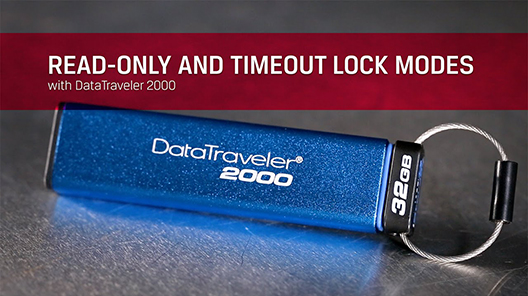

To restore a backup using the timeshift in CLI, use the following command, –tags O stands for On-demand Backup Restore a backup using CLI In tags, you can any of the following options, $ sudo timeshift –create –comments “Backup with CLI” –tags D to create a backup, simply run the following command, Timeshift also supports the command line to create and restore the backup.
#TIMESHIFT USB BACKUP HOW TO#
Now that we have discussed how to perform Ubuntu backup using the GUI, we will take a look at CLI commands as well. Once you are ok, you can click next & the restoration process will start. Next, you need to provide the destination to where this snapshot needs to be restored.īefore clicking on restore, you can also perform ‘ Dry Run’ to verify all files and folders. From the main menu, click on the option ‘ Restore’, & then select the snapshot from the list. Similar to how we created the backup, restoration is also pretty simple. The backup process will now start and once it’s complete, click on ‘ Finish’. To create the backup, click on ‘ Create’ on the main menu, Now your initial setup is complete & you can start creating your backup snapshots. Now click on ‘Finish’ to complete the setup.

It can be either ‘ Monthly’, ‘ Weekly’, ‘ Daily’, ‘ Hourly’ or on ‘ Boot’, On the next screen, you will be asked to select screenshot level. Select a suitable drive (which is not the source drive) & press ‘ Next’. Once on the next screen, you are required to select the destination drive to save your snapshots. You can select either but we will be using rsync, Rsync backups are browsable using file managers.Ģ- BTRFS – with this mode, timeshift uses in-built features of BTRFS & then to restore snapshots, BTRFS should be supported with the Ubuntu-type subvolume layout. You will have the options for selecting,ġ- RSYNC – Rsync takes backup with the rsync command and also used hard links. Once timeshift is opened, you will be asked to select the preferred snapshot type. Browse or search the menu for timeshift & open it. Now that we have the timeshift installed on our Ubuntu systems, we can start creating the snapshots for our Ubuntu installation.
#TIMESHIFT USB BACKUP INSTALL#
$ sudo apt install timeshift Performing Ubuntu Backup using Timeshift $ sudo add-apt-repository -y ppa:teejee2008/ppa Use the following commands to perform the actions, If you are running Ubuntu 19.10 or older versions (which you should not be using), then you are required to add the repository for timeshift first & then install timeshift. $ sudo apt install timeshift Install Timeshift in Ubuntu 19.10 or older If you are running Ubuntu 20.04 or up, then you just need to run a single command to install Timeshift on Ubuntu as the timeshift packages are available in default repositories, So let’s now start with the installation of Timeshift. Snapshots can be easily restored even if the system is running from a Live CD or USB. Timeshifts also have support for scheduled snapshots, multiple backup levels & also exclude filters. It has a nice GUI as well as support for CLI. TImeshit creates filesystem snapshots using Rsync or BTRFS. Timeshift is a fabulous tool that is used for the backup & restoration of the Linux operating system, it takes incremental backup after the first initial complete backup. My SSD is my working OS and data drive and my HDD is my backup drive which includes my Timeshift files.In this tutorial, we will learn how to perform Ubuntu backups using Timeshift. If you're using Terminal, you can precede the cp (copy) or mv (move) with sudo to obtain elevated privileges. You should then be able to copy/move folders and files. That will open a new instance of File Manager with elevated privileges. If you're using the File Manager, you can right-click on an empty area of the folder(s) you want copy and select Open as root (administrator). To copy Timeshift's files, you'll need to have elevated (root) permission. Yes you can place Timeshift files to another place. So, what is the normal procedure for this? So my questions are - Can I copy my Timeshift Backups to another place to use if I need to restore them (I tried this, but it said I don't have permissions to Copy the Timeshift Folder). But, I'm guessing if I have to revert back to installing Mint again from a USB drive it will destroy my internal backups that I made with TimeShift. So, I install the Timeshift App and it backs up my stuff to the local Hard Drive.

Which supposedly will restore your stuff, if you have a failure. And I have got my laptop pretty well running and I see this Application called TimeShift.


 0 kommentar(er)
0 kommentar(er)
